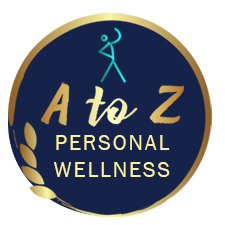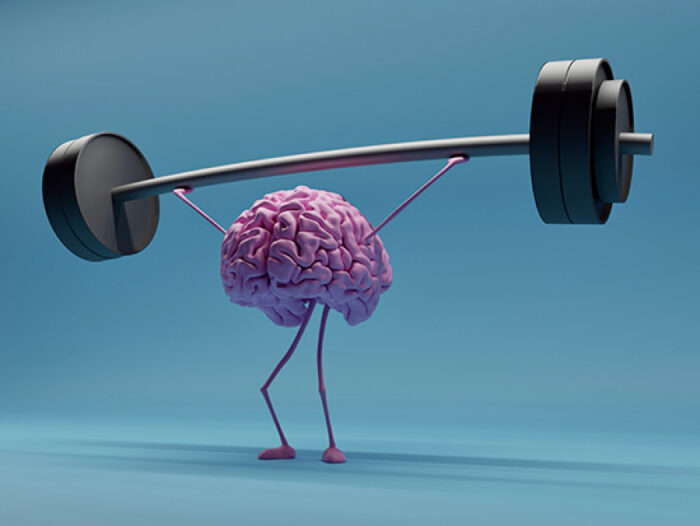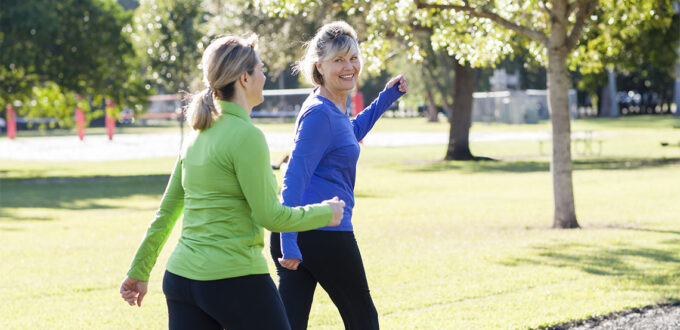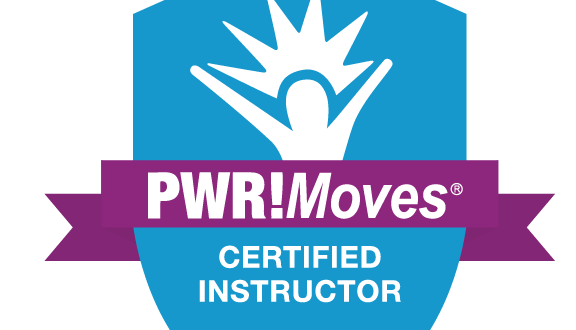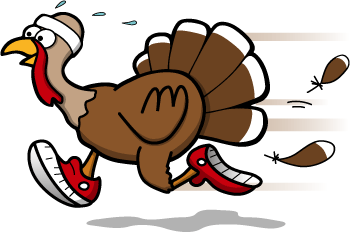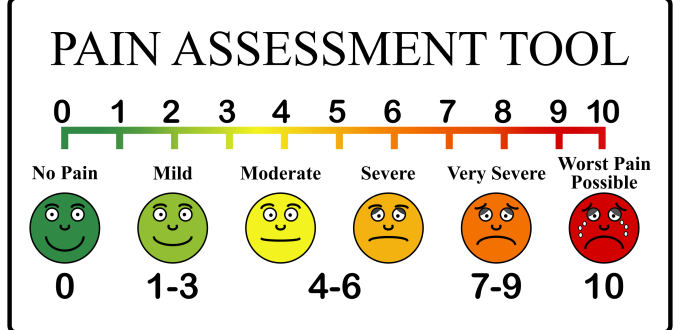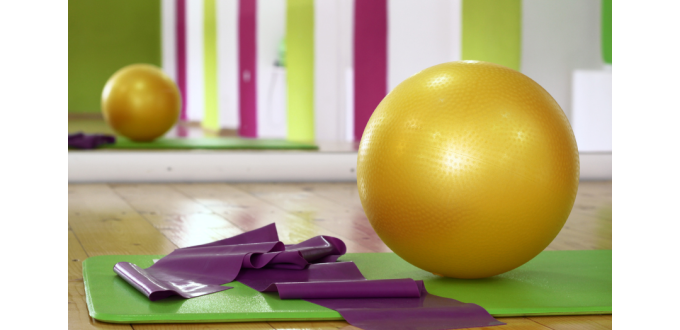Need Another Reason or Motivation to Exercise?
Exercise has many health benefits but did you know it enhances brain health? It can improve cognition and reduce the risk of neurodegenerative diseases as we age.
Also good news, any exercise is beneficial for brain health! If you combine aerobic exercises and resistance training (strength) it can be even better for your brain.
The recommendation is to exercise at a moderate intensity for 150 minutes a week. It takes approximately 6 months to reap the cognitive benefits, so build it into your routine. 30 minutes a day, 5 days a week is ideal.
Other top exercises for brain health include sports like pickleball, golf, tennis, etc., as well as dance and tai chi. Sports are great for executive function. Sports involve a lot of coordination, thinking, quick reactions, decisions, and strategy all while moving which is great for the brain.
So how does exercise help your brain? It stimulates growth of new blood vessels in the brain and it increases blood flow to the brain. It promotes neuroplasticity which is the brain’s ability to form new neural connections. Recent studies and research has shown that you can form new neural connections no matter what age you are. More good news, it’s never too late to start exercising for brain health.
If you really want to improve brain health while exercising you can challenge yourself with Dual Tasking. Dual tasks involve a motor and cognitive task combined. Basically, a movement with a cognitive task at the same time. Here are some examples of dual task exercises:
1) Walk and count backwards, or count by 2’s, name food items, memorize a list, etc.
2) Hold a balance position like standing on one leg, feet close together, or standing with feet heel to toe while saying the alphabet
3) March in place and name movie stars, animals, colors or any other category you want.
4) Walk and talk with a friend, family member etc.
Give it a try! If you have any questions or comments please let me know 🙂
